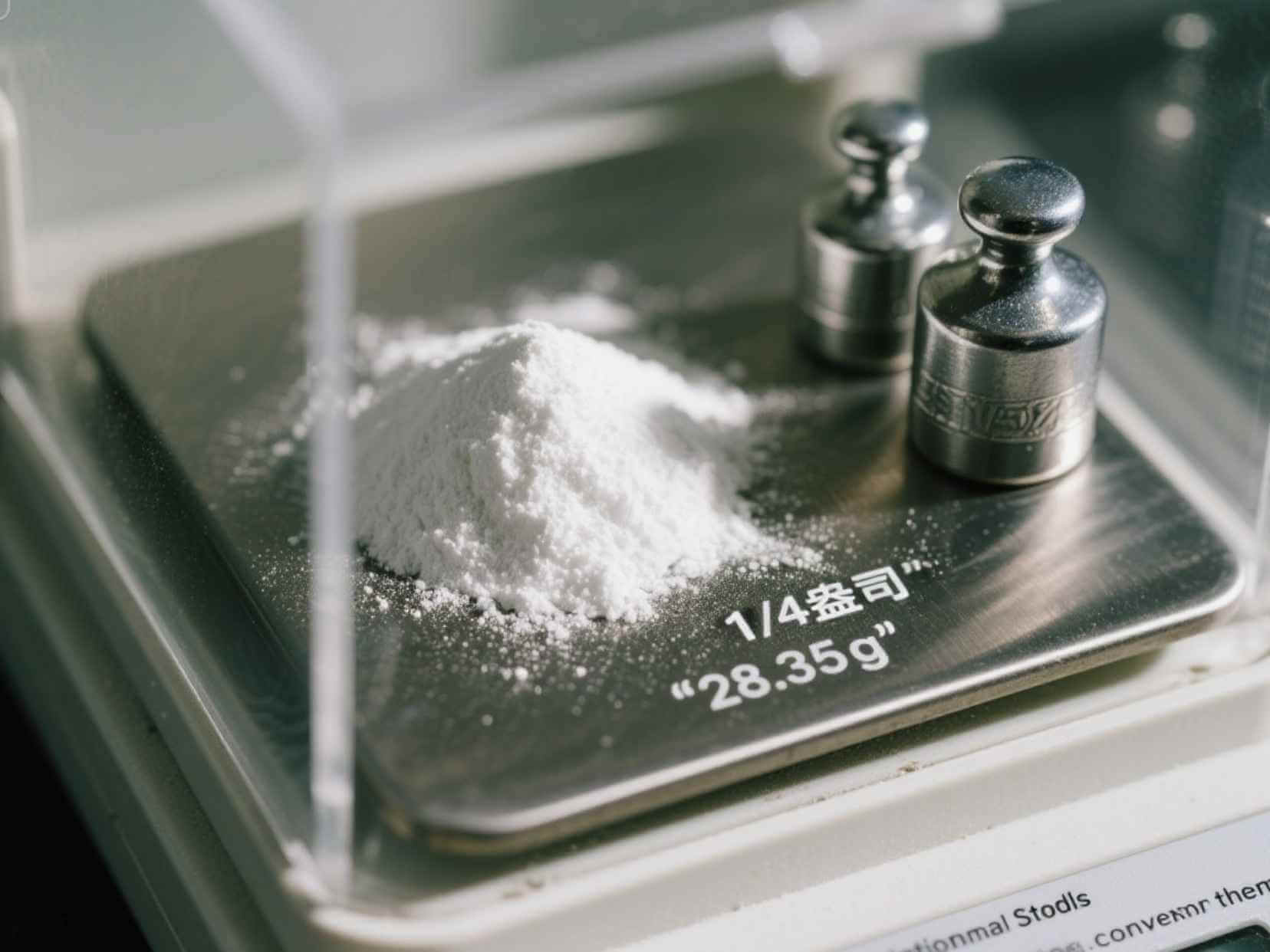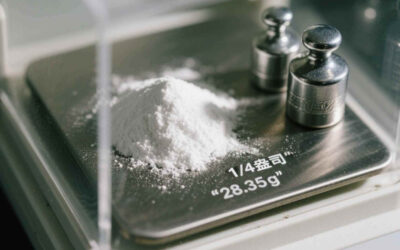Congratulations on completing the procedure if you’ve recently had your wisdom teeth removed! But now comes the part that many find trickier—recovery. One question gnaws at countless patients during this phase, “When can I stop worrying about food getting stuck in my wisdom teeth holes?” In this comprehensive guide, we’ll explore the answers, giving you peace of mind as you heal.
Understanding the Wisdom Teeth Removal Process
Wisdom teeth, also known as third molars, emerge last. They often appear between the ages of 17 and 25. For many, these teeth can cause problems like overcrowding or impaction, necessitating their removal.
The extraction process involves removing these teeth from their sockets in the gums. Once they’re gone, the body begins its natural healing process. This is where the concern about food particles lodging in the empty sockets arises.
The First 24 Hours What to Expect
Immediately after extraction, your mouth will be in its most vulnerable state. The blood clots in the sockets are crucial for healing and protecting the exposed bone and nerves. During this period, following your dentist’s post-operative care instructions is essential.
Avoid vigorously rinsing your mouth or using a straw, as these actions can dislodge the clots. Stick to soft foods like yogurt or applesauce to minimize the chance of debris getting caught in the holes.
Early Recovery Days 2 to 3
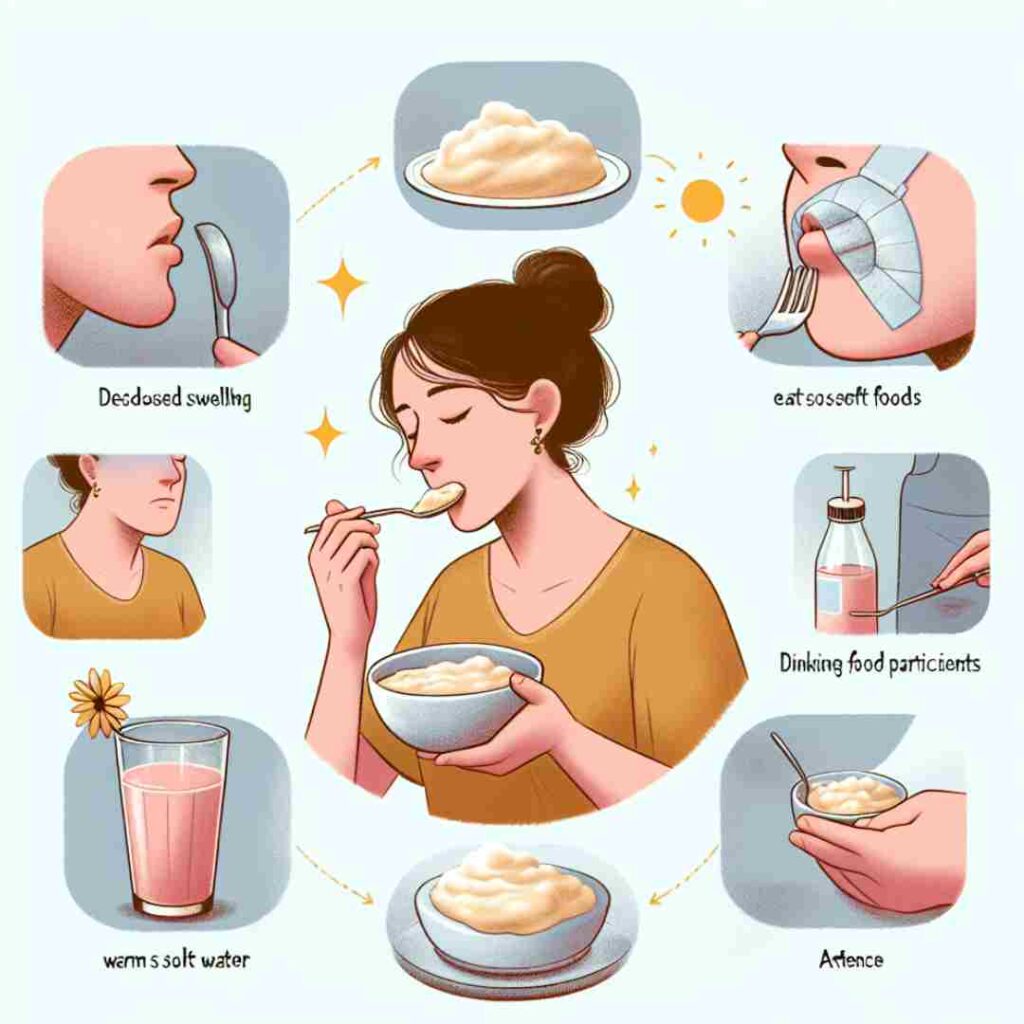
The initial swelling and discomfort should subside by the second or third day. However, the risk of food particles getting stuck is still present. It’s best to consume foods that are easy to chew and swallow without much effort, such as mashed potatoes or smoothies.
Gently rinsing your mouth with warm salt water can help keep the area clean without disturbing the healing process. Remember, patience is critical during these early days.
Gaining Confidence Days 4 to 7
Around this time, you might start feeling more comfortable chewing. While tempting, it’s essential to continue being cautious. Choose softer solid foods like scrambled eggs or pasta to ease back into your regular diet.
Continue using salt water rinses after meals to prevent food debris from building up. If you experience any pain or notice unusual swelling, don’t hesitate to contact your dentist for advice.
Entering the Second Week
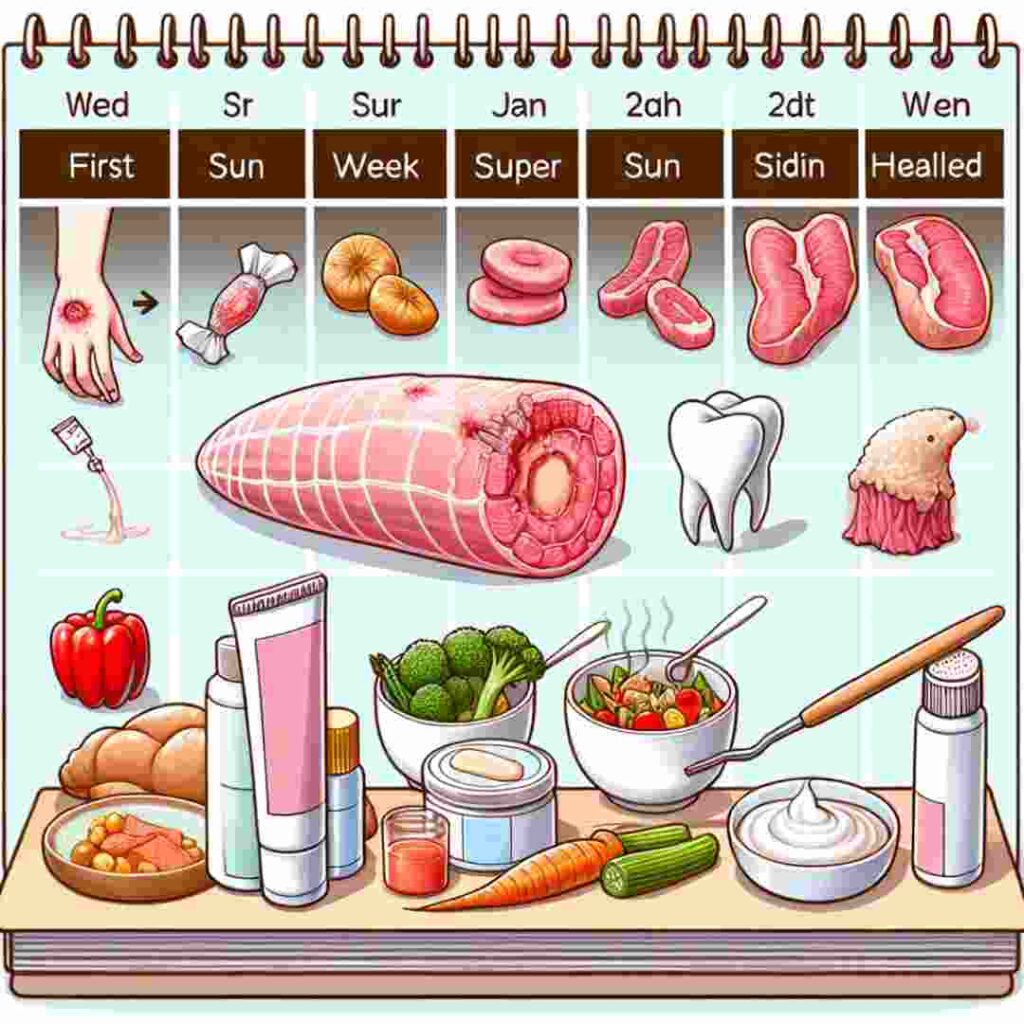
As you approach the end of the first week, the healing process should be well underway. The sockets are gradually closing up, reducing food’s risk of lodging. You can introduce more solid foods like cooked vegetables or tender meats.
Use a gentle toothpaste and toothbrush to clean your teeth and take the extractives. This helps maintain oral hygiene without interfering with healing.
Signs of Progress: What to Look For
Monitoring your mouth’s progress can provide reassurance as you recover. Healthy signs include reduced swelling, less tenderness, and the gradual closure of the extraction sites. These are positive indicators that the risk of food impaction is decreasing.
However, it’s wise to consult your dentist if you notice any unusual symptoms, such as persistent pain, prolonged bleeding, or foul odor. These could be signs of infection or a condition known as dry socket.
Dry Socket: What It Is and How to Avoid It
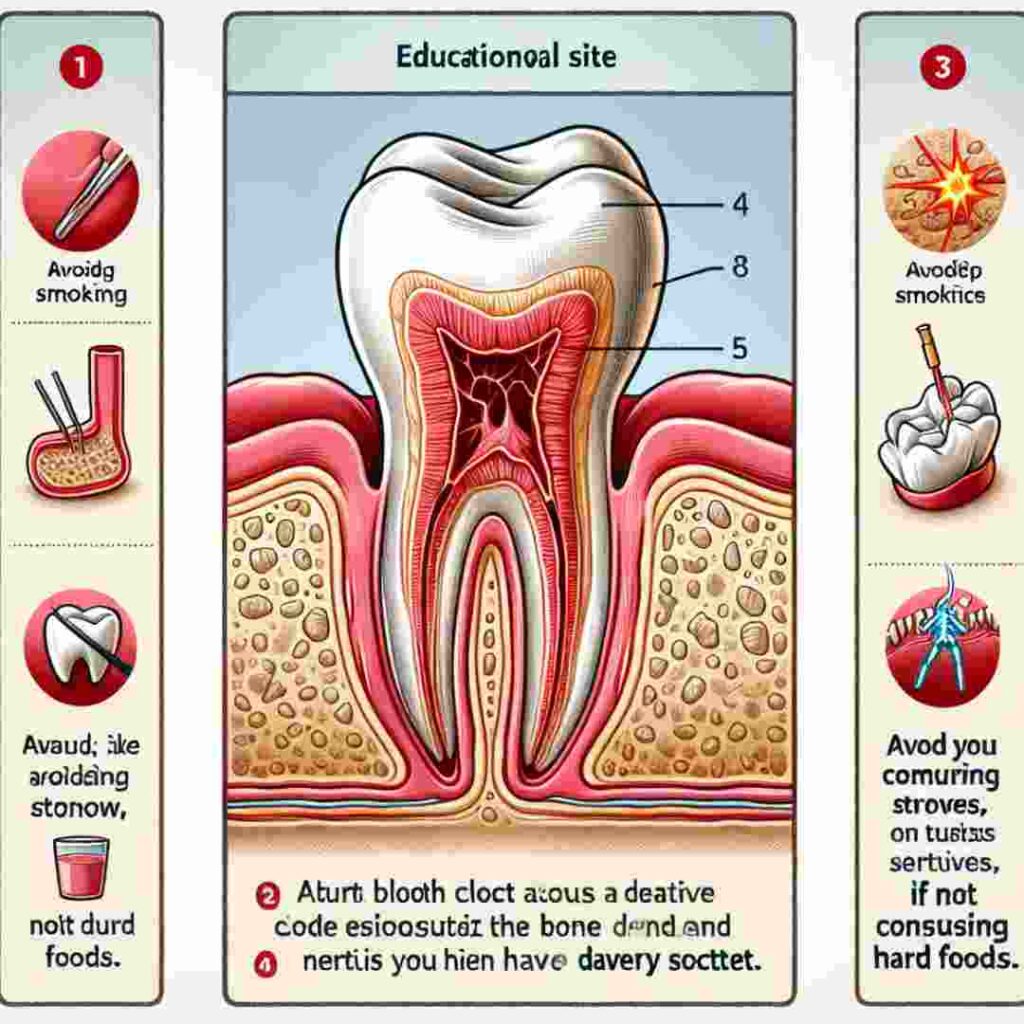
A dry socket occurs when the blood clot that forms after extraction becomes dislodged, exposing the bone and nerves. This can lead to severe pain and delayed healing. Avoiding actions like smoking, using straws, or consuming hard foods can help prevent this condition.
If you suspect you have a dry socket, seek professional dental care promptly. Your dentist can provide appropriate treatment to alleviate discomfort and promote healing.
Tips for Maintaining Oral Health During Recovery
Ensuring optimal oral health during recovery is paramount to preventing complications. Here are some tips to help you through:
- Stay Hydrated: Drinking plenty of water supports overall healing and helps keep your mouth clean.
- Brush Carefully: Use a soft-bristled toothbrush to clean your teeth, avoiding the extraction sites gently.
- Follow Up with your dentist for scheduled check-ups to monitor your healing process and address any concerns.
Adhering to these simple tips will create an environment conducive to swift recovery and minimize the risk of food impaction.
When Can You Stop Worrying?
Most patients find they can stop worrying about food getting stuck in their wisdom teeth holes around the two-week mark. By this time, the sockets should be sufficiently healed, reducing the risk of trapped food particles.
However, every individual’s healing process is different. It’s essential to listen to your body and adjust your diet accordingly. Consult your dentist if you’re unsure whether it’s safe to resume regular eating habits.
Enjoying a Healed Mouth Long-Term Care
The conclusion of your recovery doesn’t mean the end of oral care. Maintaining healthy habits post-recovery ensures your mouth remains in top shape. Continue practicing good oral hygiene, including regular brushing, flossing, and dental check-ups.
Investing in your oral health prevents future issues and contributes to your overall well-being.
Resources for Further Guidance
For those eager to learn more about post-extraction care and oral health maintenance, consider these resources:
- Dental Care Websites like the American Dental Association offer valuable insights and guidelines.
- Consultations with Dental Professionals provide personalized advice based on your unique needs.
- Educational Materials available from your dentist can provide additional clarity and support.
By staying informed and proactive, you’ll ensure a smooth recovery and enjoy the benefits of a healthy, worry-free mouth.
Conclusion: A Path to Peace of Mind
Recovering from wisdom teeth extraction requires time, patience, and care. Understanding the healing process and following proper guidelines can help you stop worrying about food getting stuck in wisdom teeth holes sooner than you think.
You’ll pave the way for a swift recovery and lasting oral health with diligence and adherence to recommended practices. Remember, you’re not alone—your dentist is an invaluable resource throughout your healing journey.
Apply the knowledge gained here confidently, ensuring a successful recovery that leaves you smiling.












